M. Dong
Non-Intrusive Signature Extraction for Major Residential Loads
Apr 30, 2018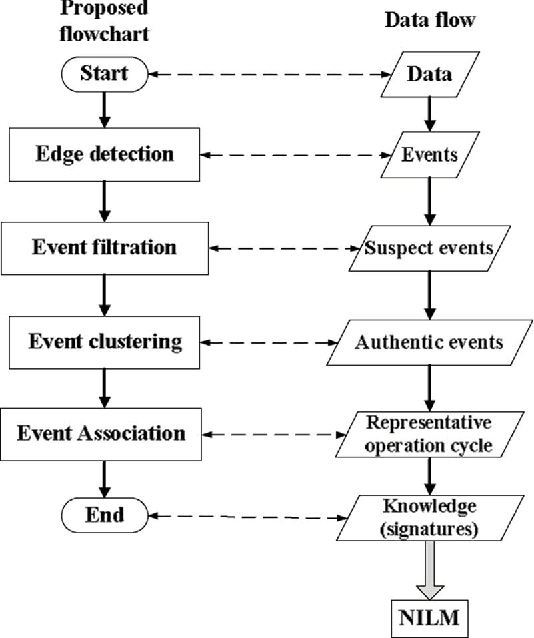
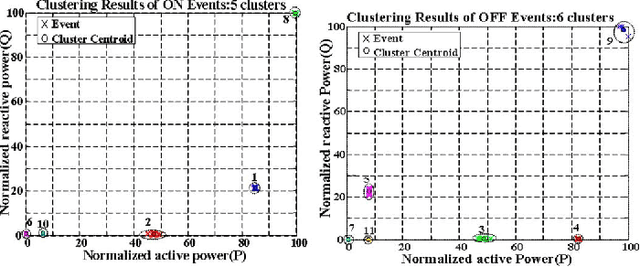
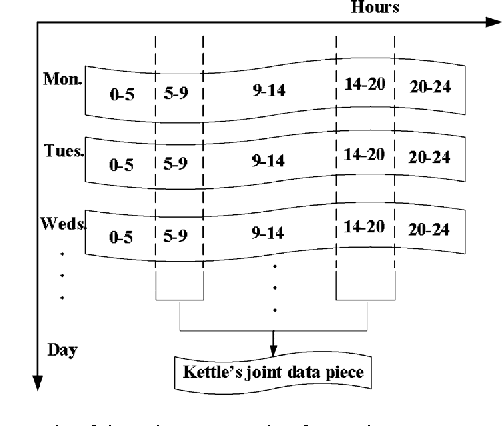
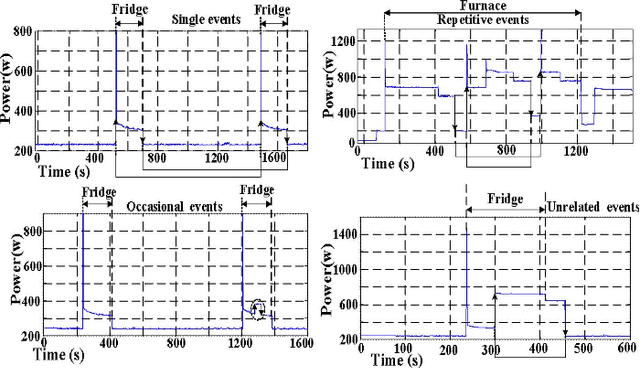
Abstract:The data collected by smart meters contain a lot of useful information. One potential use of the data is to track the energy consumptions and operating statuses of major home appliances.The results will enable homeowners to make sound decisions on how to save energy and how to participate in demand response programs. This paper presents a new method to breakdown the total power demand measured by a smart meter to those used by individual appliances. A unique feature of the proposed method is that it utilizes diverse signatures associated with the entire operating window of an appliance for identification. As a result, appliances with complicated middle process can be tracked. A novel appliance registration device and scheme is also proposed to automate the creation of appliance signature database and to eliminate the need of massive training before identification. The software and system have been developed and deployed to real houses in order to verify the proposed method.
* 10 pages, 10 figures
Machine learning applied to single-shot x-ray diagnostics in an XFEL
Oct 11, 2016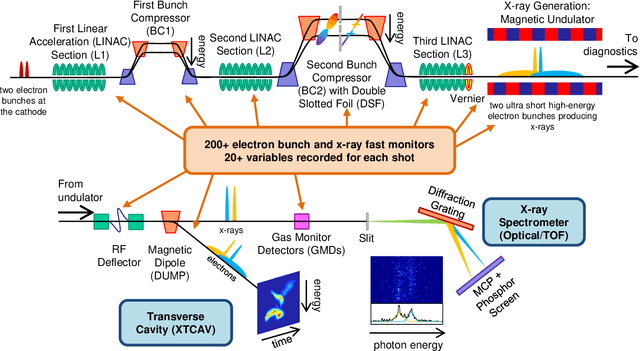
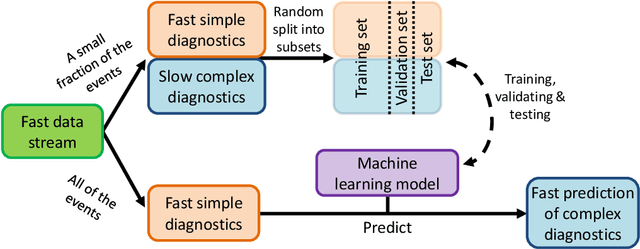
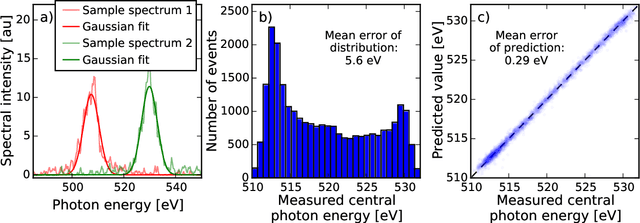
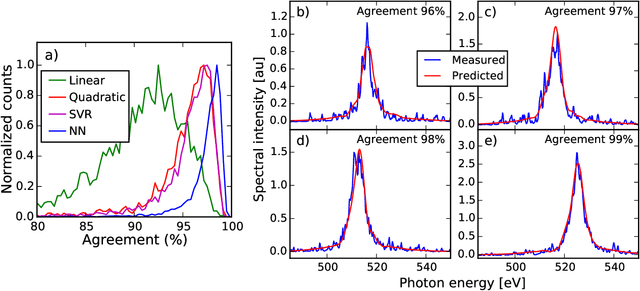
Abstract:X-ray free-electron lasers (XFELs) are the only sources currently able to produce bright few-fs pulses with tunable photon energies from 100 eV to more than 10 keV. Due to the stochastic SASE operating principles and other technical issues the output pulses are subject to large fluctuations, making it necessary to characterize the x-ray pulses on every shot for data sorting purposes. We present a technique that applies machine learning tools to predict x-ray pulse properties using simple electron beam and x-ray parameters as input. Using this technique at the Linac Coherent Light Source (LCLS), we report mean errors below 0.3 eV for the prediction of the photon energy at 530 eV and below 1.6 fs for the prediction of the delay between two x-ray pulses. We also demonstrate spectral shape prediction with a mean agreement of 97%. This approach could potentially be used at the next generation of high-repetition-rate XFELs to provide accurate knowledge of complex x-ray pulses at the full repetition rate.
* 12 pages, 8 figures
 Add to Chrome
Add to Chrome Add to Firefox
Add to Firefox Add to Edge
Add to Edge